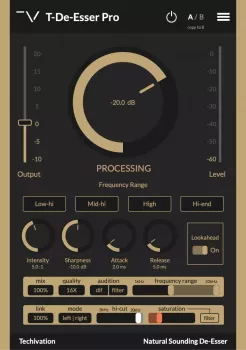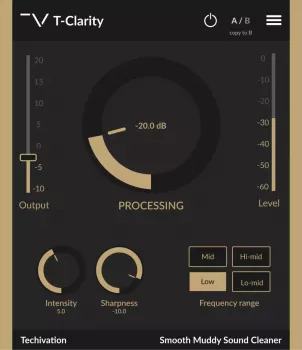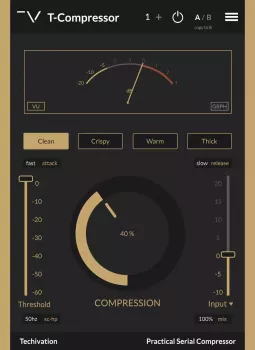
Instructors: Abhishek Thakur
1 section • 4 lectures • 1h 4m total length
Video: MP4 1280×720 44 KHz | English + Sub
Updated 7/2021 | Size: 1 GB
ARM programming
What you’ll learn
ARM assembly language programming
<h
Requirements
Basics of ARM controller
Description
Students will learn the basics of ARM Programming
Most developers write most of their code using a high-level language such as C and C++. This high-level source code is then compiled into machine code that runs on a target device.
Sometimes, however, writing low-level assembly code has advantages. Perhaps you want to hand-optimized a critical algorithm to make it as fast as possible. Or perhaps you need to maintain legacy code that is already written in assembly. Or maybe you just want to learn more about the low-level operation of your code to understand more about how it works.
In all these situations, you will need to understand how to read and write Arm assembly code.Assembly instructions are the fundamental building blocks of any program. If you are going to write assembly code, you will need to understand what instructions are available to you.
The precise set of available instructions for a particular device is called the instruction set. The Arm architecture supports three Instruction Set Architectures (ISAs): A64, A32, and T32. Use these resources for more information
Learn more about the different instruction sets supported by the Arm architecture.
Use the ISA exploration tools to discover the available A64, A32, and T32 instructions in easy-to-browse XML and HTML formats.
Refer to the Arm Architecture Reference Manuals (A-profile, R-profile, and M-profile) for definitive ISA details.
Password/解压密码www.tbtos.com






评论0